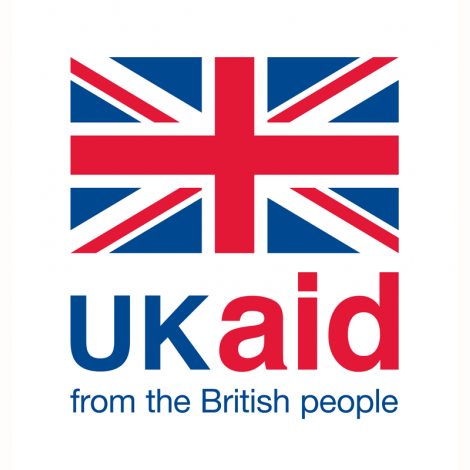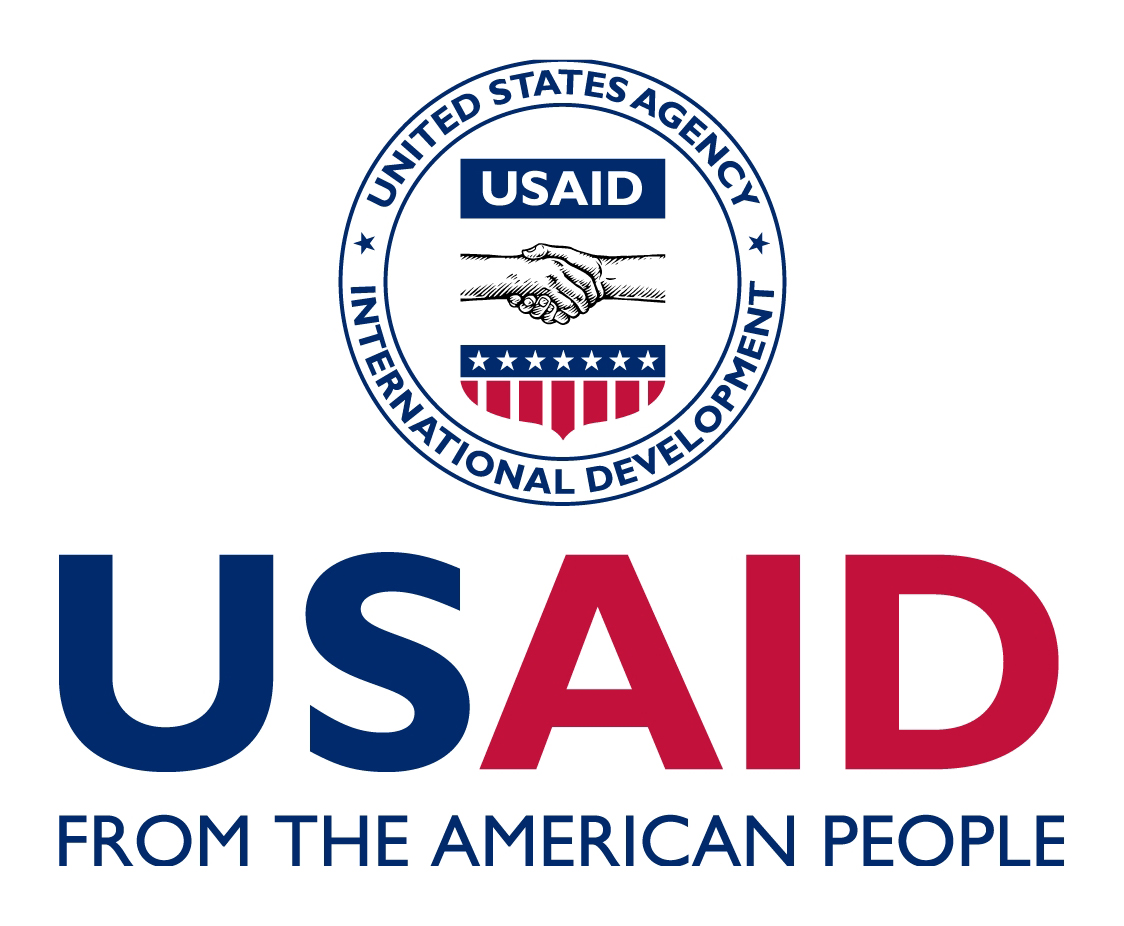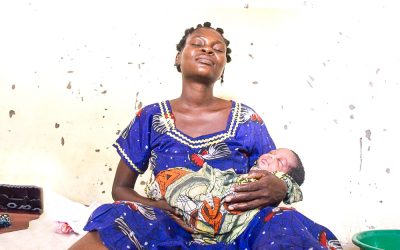FAMILY PLANNING
Improving access, integration, and utilization of family planning and reproductive health services in the DRC.Why is family planning in the DRC important?
Increasing coverage of family planning in the DRC is one of the most effective ways to reduce infant and maternal mortality. DRC’s annual population growth rate of 3.4% ranks among the highest in the world and it is high fertility rates that drive this growth.
The vast majority of women (88%) and men (95%) are familiar with at least one modern method of contraception. However, only 20% of married women are using any method of contraception and only 8% are using a modern method. In fact, the preliminary 2013-14 DHS results further show that 28% of married women have an unmet need for family planning.
2.1 million couples
have been protected for one year against unwanted pregnancies using modern methods of family planning during ASSP and ASSR
4,089,114 new acceptors
of modern methods of family planning during ASSP and ASSR
IMA DRC’s Approach to Family Planning
Family planning is critically important for ensuring the survival of children and women. Thus ASSP‘s ultimate goal was to increase the overall contraceptive prevalence rate, or CPR, from five to at least 10 percent in the project’s health zones. The CPR measures the percentage of women who are using (or whose partners are using) any method of contraception. In the end, ASSP was able to increase coverage to 22% in its project health zones.
ASSP achieved this by first improving access, integration, and utilization of Family Planning and Reproductive Health (FP/RH) services.
Then ASSP generated local demand for high-quality FP/RH services using innovative behavior change communication activities.
Simultaneously, ASSP integrated “youth-friendly services” into selected project-supported health centers to promote sexual reproductive health services for youth and adolescents.
Finally, ASSP improved the quality and sustainability of FP/RH services through health systems strengthening and service delivery strategies.
Continuing the work with ASSR
ASSR saw a large increase in the use of long-acting contraceptives such as implants. In the last quarter, the contribution of long-acting methods was 55% compared to 45% for short-acting practices such as oral contraceptives, condoms, and cycle collars. Community-based distributors, or CBD, have remained instrumental for improving access to family planning services, especially for short-acting methods.


ASSR’s Targeted Interventions
Service delivery for women
Provision of a full complement of family planning methods
Training of clinical providers
Increasing accessibility at the community level
Promoting family planning
Helping communities understand the value of family planning and its contribution to good health
ASSP’s Key Achievements
New Acceptors
1,680,128 million new acceptors of modern methods of family planning.
Couple Years of Protection
1,231,490 couple years of protection provided through provision of family planning services (99% of target).
increased coverage
22% of women of reproductive age are now using a modern method of family planning. Of these, 11% are less than 20 years of age.
implant method
More than 525,000 implant procedures performed over the life of the project.
ASSR’s Key Achievements
Couple Years of Protection
An additional 860,082 couple years of protection were achieved over the course of the ASSR project.
Always Above Target
Performance was maintained above 100 percent of targets throughout the three funding phases of ASSR. The performance of the first phase exceeded the 100 percent target thanks to the family planning campaigns carried out in all health zones and re-training community-based distributors.
ROUTINE DATA
Real-time data sourced from the DHIS2 data management system on the rate of acceptance of family planning in ASSP-assisted health areas from 2014 to 2017.
DHIS2
Learn more about how ASSP helped the MOH improve routine health data by implementing DHIS2 in its health zones and beyond.
read more about our work in family planning
Publications

Family Planning & Reproductive Health
ASSR Family Planning Brochure - March 2022 (pdf)
ASSR Success Story - Family Planning and Financial Security - June 2022 (pdf)
ASSP Family Planning & Reproductive Health Brochure - September 2019
(English version)
(version française)
A Hotline In DR Congo Connects People With The Ministry Of Health
In the Democratic Republic of Congo, IMA World Health works with the Ministry of Health to create...
IMA Appears Before British House Of Commons International Development Committee
MA World Health appeared before the British House of Commons International Development Committee...
ASSP Empowers Health Zones In DR Congo
Perched on the southern banks of the Ubangi and Uele rivers at the border of the Central African...
QUICK CONTACTS
Recent Posts
Implant Method in DRC: A Family Planning Success Story
Spreading the Word about the Implant Method in DRC.News is spreading about the implant method in DRC. The families featured in this article are partly to thank. The stories below are just a snapshot of the impact the implant has made on the lives of families using the...
Implants Create Opportunity in DRC: A Family Planning Success Story
Julienne is one of the many women we celebrate during International Women’s Month. She is a shining example of how implants create opportunity in DRC. She is a 43-year-old mother of four and a force to be reckoned with! Julienne and her husband had three children when...
Safe Delivery App Helps Health Workers Respond To Emergencies In DR Congo
Dr. Nancy Bolan knows how important it is for health workers to have up-to-date information when responding to a maternal or newborn emergency at a clinic in the Democratic Republic of Congo. While serving as a deputy country director for IMA World Health in DRC from...





